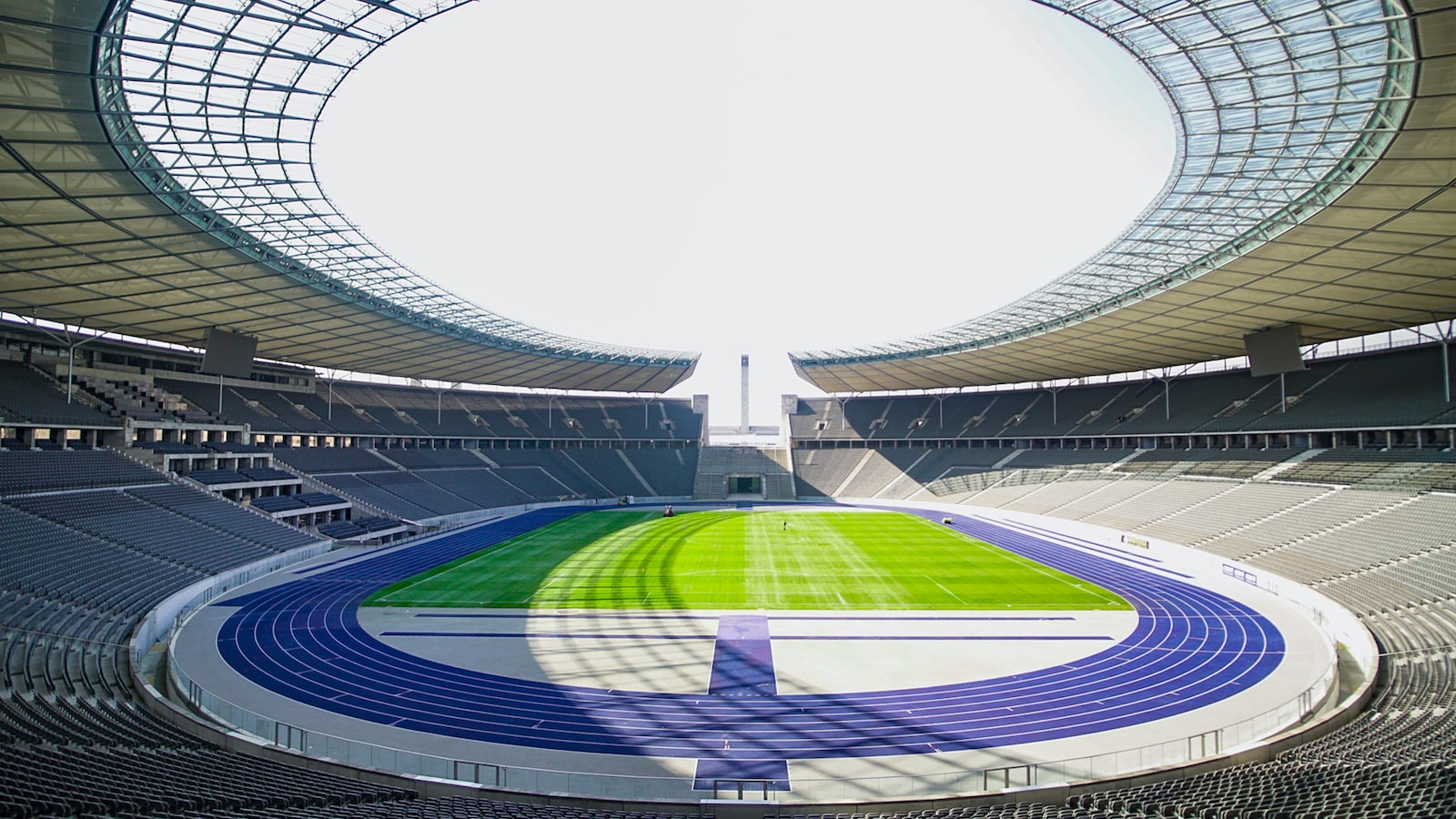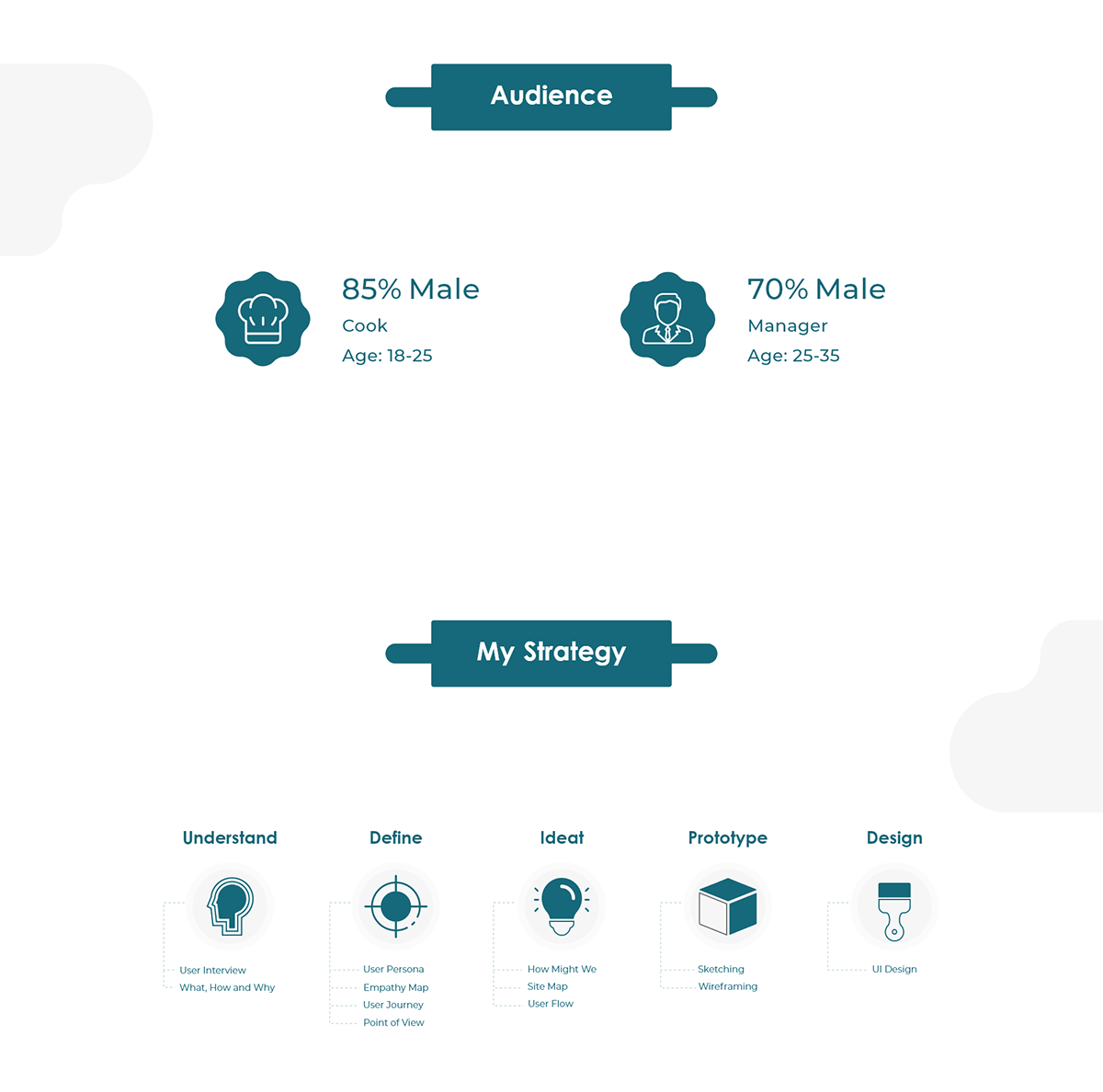Can Sports Stadiums Save Dying City Centers? A Look At Urban Revitalization

Table of Contents
The Economic Impact of Stadium Development
The economic impact of stadium development is a key consideration in urban revitalization strategies. Proponents argue that stadiums generate significant economic benefits, while critics point to potential downsides and the need for careful planning. Let's examine the key economic aspects.
Job Creation and Construction
The construction phase of a sports stadium creates numerous short-term jobs, ranging from skilled construction workers and engineers to unskilled laborers. This injection of temporary employment can provide a much-needed boost to local economies, particularly in areas with high unemployment. For example, the construction of the Tottenham Hotspur Stadium in London generated thousands of jobs across various skill levels.
Increased Tax Revenue
Successful stadium developments can lead to increased tax revenue for local governments. Ticket sales, concessions, parking fees, and the increased spending by visitors in surrounding businesses all contribute to this revenue stream. However, it's crucial to have sound financial planning and management to ensure that the increased revenue outweighs the costs of stadium construction and maintenance. Without effective financial planning, stadiums can become a major drain on public funds.
Tourism and Spending
Sports stadiums can attract significant tourism, bringing visitors from outside the city and boosting local businesses. The influx of tourists spending money on hotels, restaurants, transportation, and other services can generate substantial economic activity. Effective marketing and accessible transportation are essential to maximize the tourism benefits of a stadium. Cities hosting major sporting events often see a significant spike in tourism revenue.
Property Value Appreciation
The presence of a sports stadium can often lead to increased property values in the surrounding areas. This effect is particularly pronounced if the stadium is part of a larger urban development project that includes improved infrastructure and amenities. However, it's essential to have careful urban planning to ensure that this benefit is widely shared and doesn't lead to excessive gentrification.
- Example 1: The redevelopment of the Atlanta Braves stadium spurred significant economic development in the surrounding area, increasing property values and attracting new businesses.
- Example 2: Conversely, some cities have experienced minimal economic benefit or even financial losses from stadium development due to poor planning and management.
Social and Community Impacts of Stadiums
Beyond the economic aspects, the social and community impacts of stadium development are crucial to consider for successful urban revitalization. These impacts can be both positive and negative.
Enhanced Community Spaces
Well-planned stadium developments often incorporate new public spaces, parks, and green areas, improving the overall quality of life for residents. These spaces can become community hubs for recreation and social interaction, fostering a stronger sense of community.
Improved Infrastructure
Stadium construction often leads to improvements in surrounding infrastructure, including better transportation links, roads, and public transportation access. These improvements benefit not only stadium attendees but also the wider community, enhancing accessibility and connectivity.
Community Engagement and Events
Sports stadiums can become centers for community engagement, hosting a variety of events beyond sporting matches. Concerts, festivals, and other public gatherings can foster a sense of civic pride and create opportunities for social interaction.
Potential for Displacement
A significant drawback of stadium development is the potential for displacement of existing residents and businesses. Demolition to make way for the stadium or the increased property values resulting from development can force long-term residents and established businesses to relocate. This displacement can negatively impact the social fabric of the community.
- Example 1: The development of many stadiums has involved successful community engagement programs that mitigated the negative social impacts and ensured the involvement of local residents.
- Example 2: In other cases, the displacement of low-income communities has resulted in social unrest and inequality.
The Challenges and Drawbacks of Stadium-Led Revitalization
While the potential benefits are significant, it's essential to acknowledge the challenges and drawbacks of relying on sports stadiums for city center regeneration.
Public Funding and Debt
Stadium construction often requires substantial public funding, placing a financial burden on taxpayers. The long-term debt associated with financing these projects can strain public budgets, potentially diverting resources from other essential services. The financial viability of stadium projects needs careful scrutiny.
Environmental Concerns
The construction and operation of sports stadiums have significant environmental impacts, including resource consumption, waste generation, and carbon emissions. Sustainable design and construction practices are essential to minimize these impacts.
Gentrification and Displacement
As mentioned earlier, stadium development can contribute to gentrification, leading to the displacement of lower-income residents and businesses. This can exacerbate social inequalities and disrupt the social fabric of existing communities.
Opportunity Cost
Investing heavily in a stadium represents an opportunity cost, meaning that resources invested in the stadium could have been used for other urban development projects that may have yielded greater social and economic benefits.
- Example 1: Some cities have faced significant financial burdens and long-term debt due to poorly managed stadium projects.
- Example 2: The environmental impact of stadium construction and operation can be substantial, requiring careful consideration of sustainable building materials and energy-efficient technologies.
Conclusion
The impact of sports stadiums on urban revitalization is complex and multifaceted. While they can offer significant economic benefits, generate jobs, and create new community spaces, they also present significant challenges, including financial burdens, potential displacement, and environmental concerns. The success of stadium-led revitalization hinges on careful planning, community engagement, and a transparent assessment of costs and benefits.
The question of whether sports stadiums can truly save dying city centers remains a critical one. Careful consideration of the economic, social, and environmental implications is crucial. Further research and analysis into the specific context of each urban area are essential before embarking on such large-scale projects. Let's continue the discussion on the role of sports stadiums in successful city center regeneration.

Featured Posts
-
 Apple And Google A Case Study In Competitive Cooperation
May 11, 2025
Apple And Google A Case Study In Competitive Cooperation
May 11, 2025 -
 Tam Krwz Ks Adakarh Kw Dyt Kr Rhe Hyn
May 11, 2025
Tam Krwz Ks Adakarh Kw Dyt Kr Rhe Hyn
May 11, 2025 -
 Mackenzie Mc Kee Pregnant Announcing Baby With Khesanio Hall
May 11, 2025
Mackenzie Mc Kee Pregnant Announcing Baby With Khesanio Hall
May 11, 2025 -
 Thomas Muellers Last Home Game Bayern Celebrate Bundesliga Victory
May 11, 2025
Thomas Muellers Last Home Game Bayern Celebrate Bundesliga Victory
May 11, 2025 -
 Review Of Military Academy Texts Ordered By Pentagon Potential For Culling
May 11, 2025
Review Of Military Academy Texts Ordered By Pentagon Potential For Culling
May 11, 2025
